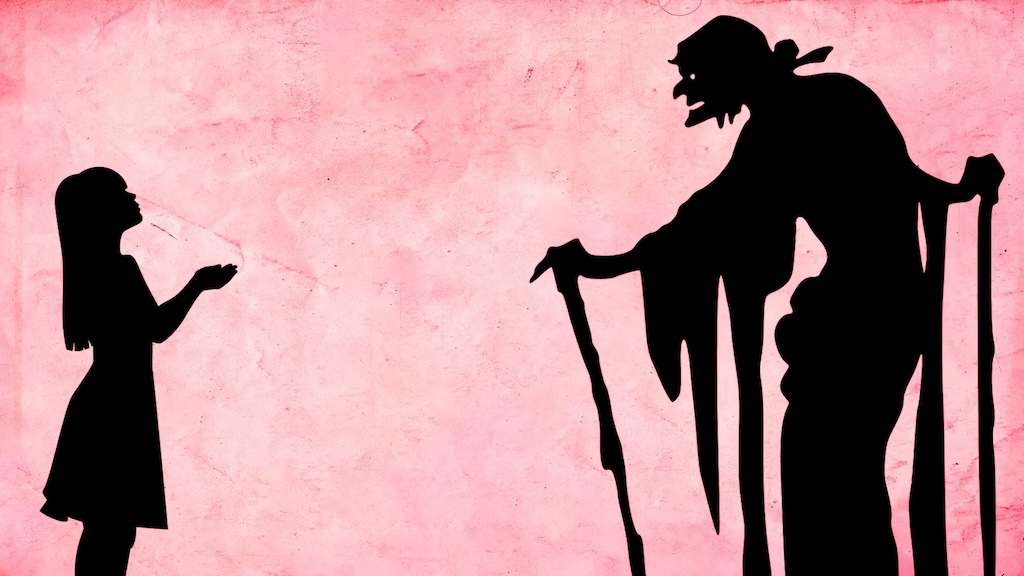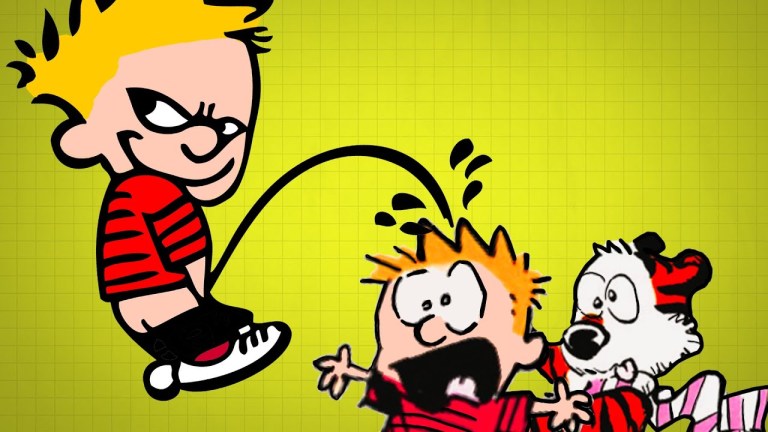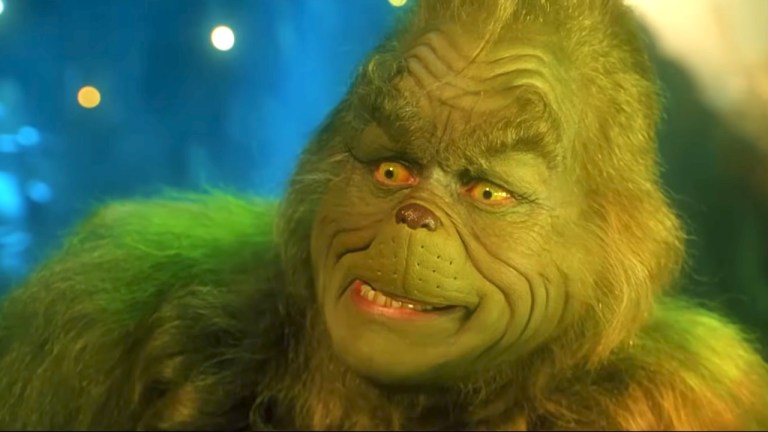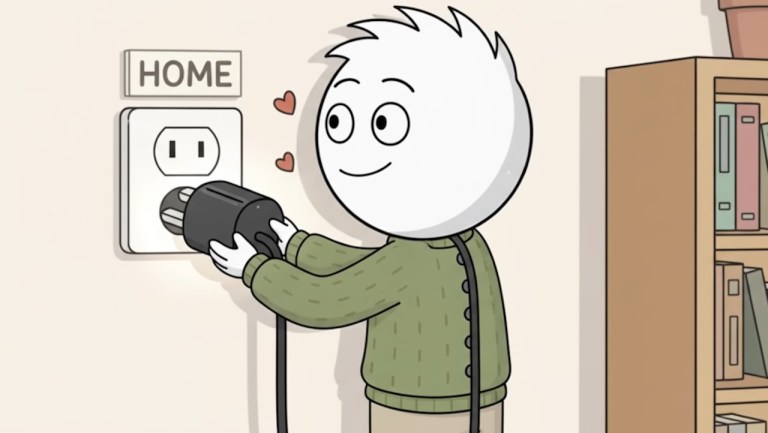The Dark Origin Stories Behind ‘Cinderella’
Tom Blank of Weird History explains how the origin stories behind Cinderella are not quite as romantic as Disney made it seem. These tales were spun throughout different cultures, each of whom attached their own views, beliefs, and fears to essentially tell the same story over and again, of an outsider who not only is let in but given a life beyond dreams and the vengeance that is doled out to those who tried to prevent fate.
In large part thanks to Disney’s version of her story, Cinderella is a familiar fairy tale character. The girl is maltreated by her stepmother and stepsisters, and essentially ends up as their servant. When it comes time for a royal celebration, Cinderella can’t attend – until the intervention of her fairy godmother, some lovable creatures, and a magical gourd. By the time the tale ends, Cinderella finds her Prince – well, he finds her – and they live happily ever after. But this is just one telling of “Cinderella,” and it’s a fairly tame one.

The classic tale actually came from the darker Vietnamese story “Tam and Cám”, in which the scheming antagonist was boiled to death. The Brothers Grimm tackled the story with “Aschenputtel” where the evil stepsisters carved their feet so they would fit into the glass slipper that ultimately belonged to the original owner. The Indian version of the story tells of a woman’s soul embedded in a stolen necklace, while the French version speaks of twins, and so on.
Much like other fairy tales, variants of “Cinderella” reflect different cultural beliefs, fears, and social happenings. Throughout history and around the world, “Cinderella” has had a variety of names and, in many instances, a much darker path to happiness. Bloodshed, cannibalism, and self-harm have been woven into retellings, while death and vengeance commonly appear, too.






